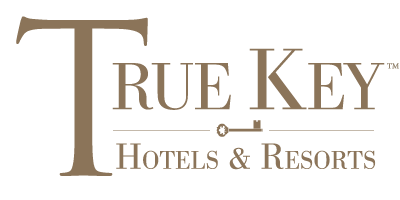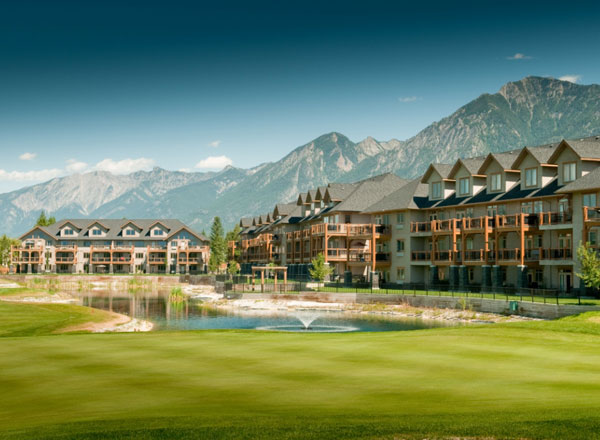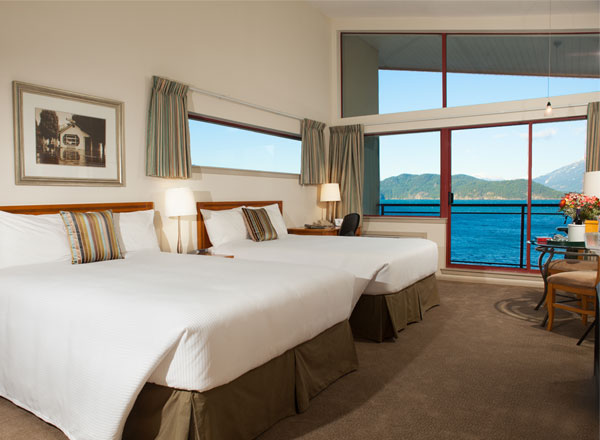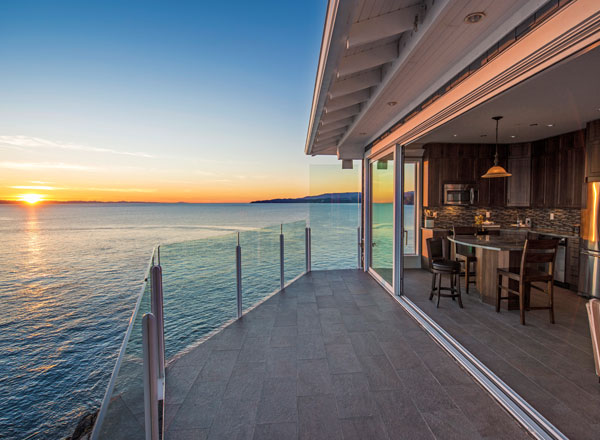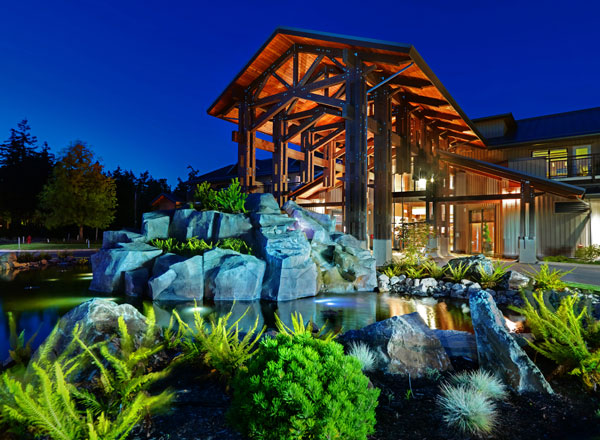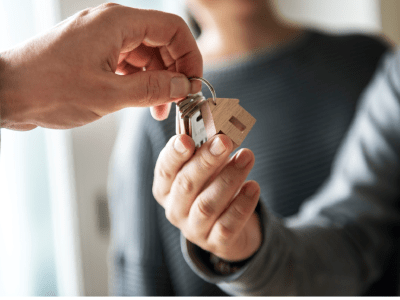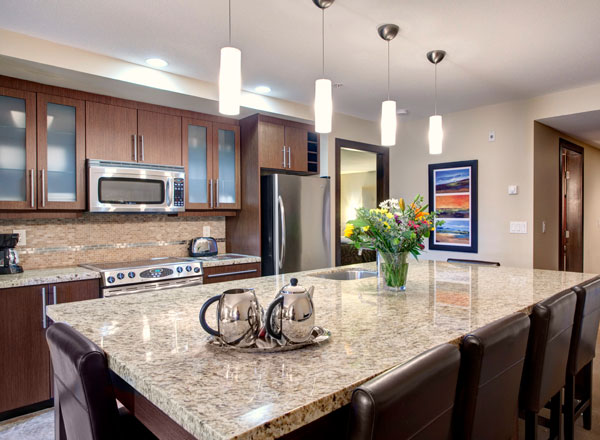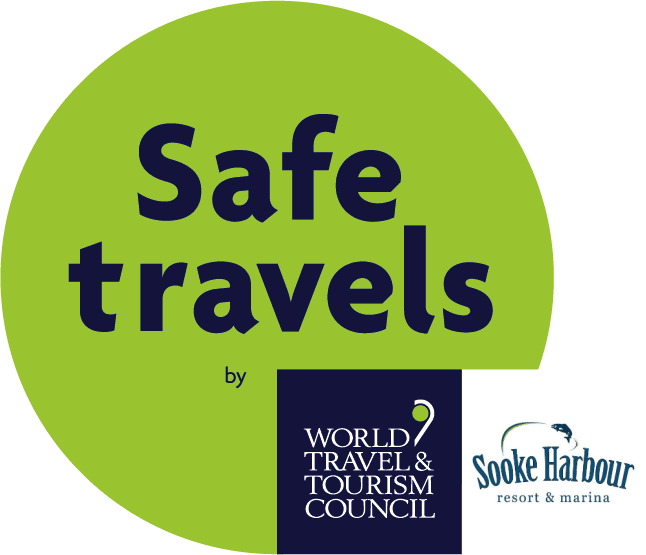Paddleboarding 101
Ever wondered what it’s like to walk on water?
By now you have probably seen someone who appears to be standing on water, take a closer look and you will notice a board and paddle. This growing sport offers a fun, relaxing way to get fantastic exercise, unravel after a long day, and explore unknown waterways. You can decide whether you want to partake in a leisurely trip around the area, race with your friends, or even try yoga! There are so many fun activities and challenges you can try on a paddle-board.
Let’s get started with what you’re going to need.
Luckily you don’t need too much equipment to get started on this fun sport! If you treat them well these tools will last for years to come.
The Board
Obviously the board is the most important item that you need to get started. Your board choice will be influenced by your height and weight. Not only that but it depends on what you want this board for, racing, white-water, and leisurely boards are all quite different.
The Paddle
These tools are crafted for optimal performance. They have a bend at the point the shaft connected to the blade, this is crucial for getting as much power as possible to your stroke.
They come in a variety of materials: plastic blade typically paired with an aluminum shaft, which is a more affordable option; fibreglass is a bit more durable and lightweight but also a more pricey; carbon fibre is the lightest and stiffest material, perfect for racing or those more frequent paddleboarders; wood is the most beautiful option, commonly with nice designs but can be heavy and expensive. For people just getting started plastic and aluminum is all you need but if you want to make this a full time hobby, it’s highly recommended to invest in the carbon fibre paddle.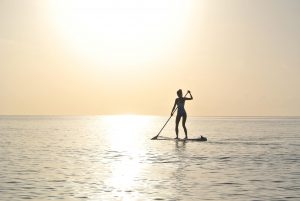
There are options for an adjustable-length or fixed-length paddle. This is entirely dependent on the individual’s preference. Adjustable is a great idea for someone who’s looking to do it on occasion, it’s also great if you want to lend it out to your friends and family, take turns with them. Fixed is lighter and preferred for those who plan to take this sport to the next level. If you are buying a paddle online it’s suggested to select one that is 8-12 inches greater than your height.
A Leash
This name may sound odd, but think of the relationship between you and your board as if your board was a puppy, you don’t want your puppy running away on you. The leash is a very important safety feature that is also used with surfboards. Separating too far from your board in the open ocean can turn into quite a dangerous situation for yourself and other boarders so always remember to keep your leash strapped to your ankle at all times.
Personal Floatation Device
Many people think of the standard life jacket when they hear of a PFD, but those are designed to rotate unconscious people who have fallen in the water and make sure their head stays above water. They are more heavy duty and bulky. If you simply fall off your board and need assistance keeping afloat a PFD vest could be a great substitute, they tend to be sleeker and lightweight. Even more so undetected by the untrained eye is the PFD belt which you wear around your waist and if you fall in the water, you have the option to remove a vest and deploy it. This is more stylish and commonly warn by stand up paddle boarders because it does not get in the way of your paddle.
If you want to try it out before committing to buying equipment, you can rent them through West Coast Outdoor Adventure, conveniently located at our resort.
Now that you know what you’ll need to get started with stand-up paddle boarding, let’s also fill you in on the best place to go. You can hop off the dock of Sooke Harbour Resort and Marina and decide whether you are going to explore the cove or venture into the open waters of the Pacific Ocean. This resort is perfectly stationed just waiting for adventurers like you to experience a vacation you will never forget. You will need some rest after this adventure, book your stay today!




